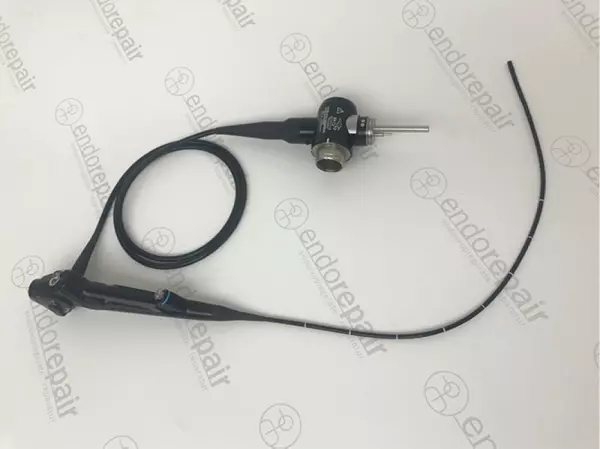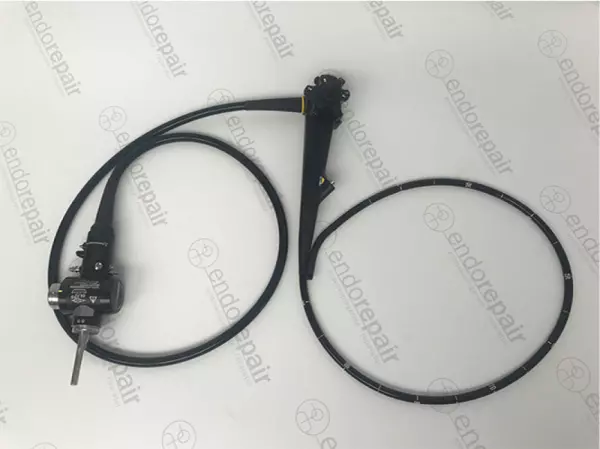
High quality, medical, flexible bronchoscope...
Our product range of medical endoscopes - High quality, medical, flexible bronchoscope for expe...
Portal and digital medical technology fair of the largest MedTech cluster in Germany

High quality, medical, flexible bronchoscope...
Our product range of medical endoscopes - High quality, medical, flexible bronchoscope for expe...

High quality, medical, flexible Gastroscopes...
Our product range of medical endoscopes - High quality, medical, flexible Gastroscopes for expe...

Gastroscopes are medical devices that look into the gastrointestinal tract. This procedure usually lasts around ten minutes. It is carried out by a gastroenterologist or gastrointestinal surgeon. Before the procedure, patients should fast for at least six hours. They will lie flat on their left side. An intravenous sedative is given to make the patient sleepy, so they do not feel anything. Then, the scope will be inserted through the mouth and gently passed through the oesophagus, stomach, and duodenum.
The first devices used to perform gastroscopy were developed in the 1920s. The Storz instruments were instrumental in the development and popularization of gynecological laparoscopy. In collaboration with Hopkins and Semm, they developed a variety of gynecological laproscopes that quickly became the standard of care for the procedure. At one point, they controlled nearly forty percent of the global market for this equipment. However, in 2007, ACMI diverted its resources to competing with Japanese companies in the field of gastroenterology.
The first gastroscopy was created by William Schindler, a Jewish American. The first gastroscopy was published in 1937, and the first revisions were made in 1950 and 1966. In the 1960s, newer versions of the device were developed. The first two versions of the instrument were sold to the public, and they were marketed to hospitals as an adjunctive procedure. In the late 20th century, the technology continued to improve.
The next generation of gastroscopy began in the early 1960s, when fiber-optic endoscopes were introduced. These devices were refined for increased optical clarity, wieldiness, and ability to take therapeutic maneuvers. In the 1980s, Japanese researchers focused on the diagnosis of gastric cancer with fiber-optic techniques. The resulting technologies allowed doctors to better see internal organs and cavities. And today, the quality of the technology has increased dramatically.
A gastroscopy is usually performed under a doctor's supervision. The procedure can last between five and ten minutes. Before the procedure, a protective ring or tube is placed between the teeth to protect the mouth and prevent it from being bit by the scope. The gastroscope will be inserted into the esophagus and stomach. Then it will be pushed down into the duodenum. The inserted video images will reveal any irregularities or inflammations in the digestive tract.
A gastroscopy is a procedure that uses a miniature forceps to examine the intestine. A doctor will insert a gastroscope through the mouth, which is connected to the patient's stomach. The probe will be inserted into the duodenum and oesophagus. The test can last anywhere from five to ten minutes. Although it is not a surgical procedure, it is still a vital test for diagnosing stomach problems.
A gastroscopy can be dangerous for some people. Several medical conditions can be treated with the use of a gastroscope. It can diagnose a variety of disorders including esophageal cancer, celiac disease, and colon inflammations. It can also detect cancer. In addition to endoscopy, a gastroscopy can help doctors determine what's wrong with a patient's gastrointestinal tract.
The two most common types of gastroscopes are duodenoscopes and gastrointestinal scopes. The latter is put down the throat of a patient to diagnose blockages in the bile ducts. A colostoscope can also be used to detect a blocked bile duct. There are many types of gastroscopes. They can be used to check the health of patients in various medical settings.
The emergence of laparoscopic cholecystectomy created an unprecedented level of industrial competition in the field of gastroscopy. At its peak, eighty companies developed laparoscopic devices. Despite their popularity, these products often become obsolete within four to six months. Those that are not sterilized may be prone to infections and other illnesses. They are typically inexpensive. Regardless of the type of gastroscope, it is important to consider the cost of the procedure.
A gastroscopy is a diagnostic procedure. A gastroscopy is a thin, flexible tube containing a miniaturized camera with a wide field of view. It is used to examine the upper digestive system. This procedure is technically known as esophago-duodenoscopy (EGD), and is a painless, quick and effective diagnostic procedure. Nevertheless, it should not be considered a "drug" that you can take without a prescription.
Become a digital exhibitor yourself in the online portal of the largest and best-known MedTech cluster region in Germany and inform the world of medical technology about your products and services as well as about news, events and career opportunities.
With an attractive online profile, we will help you to present yourself professionally on our portal as well as on Google and on social media.